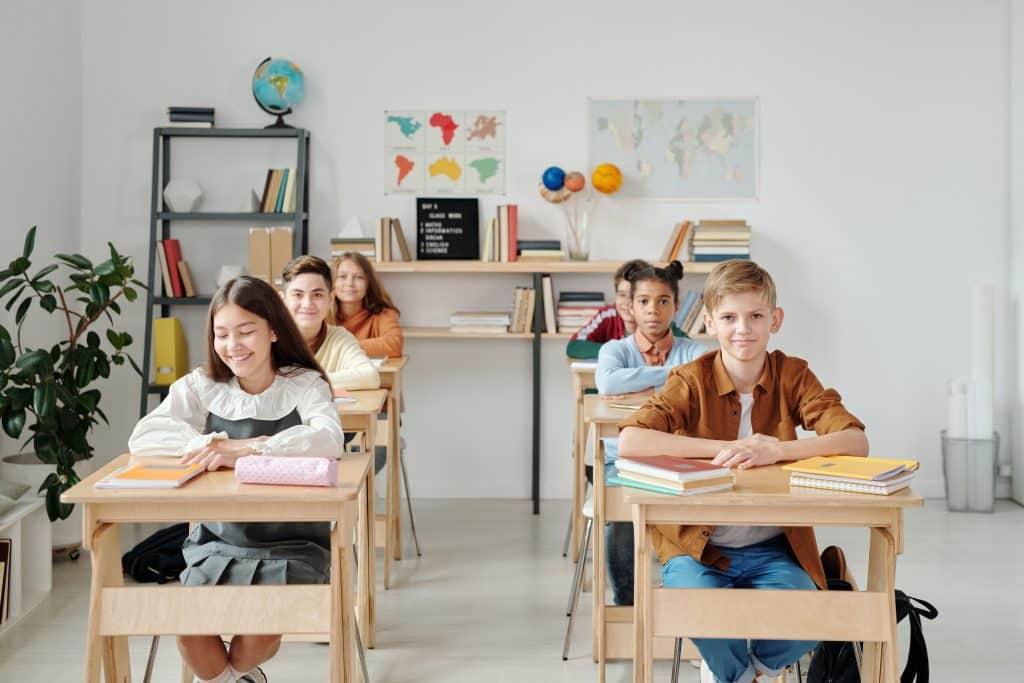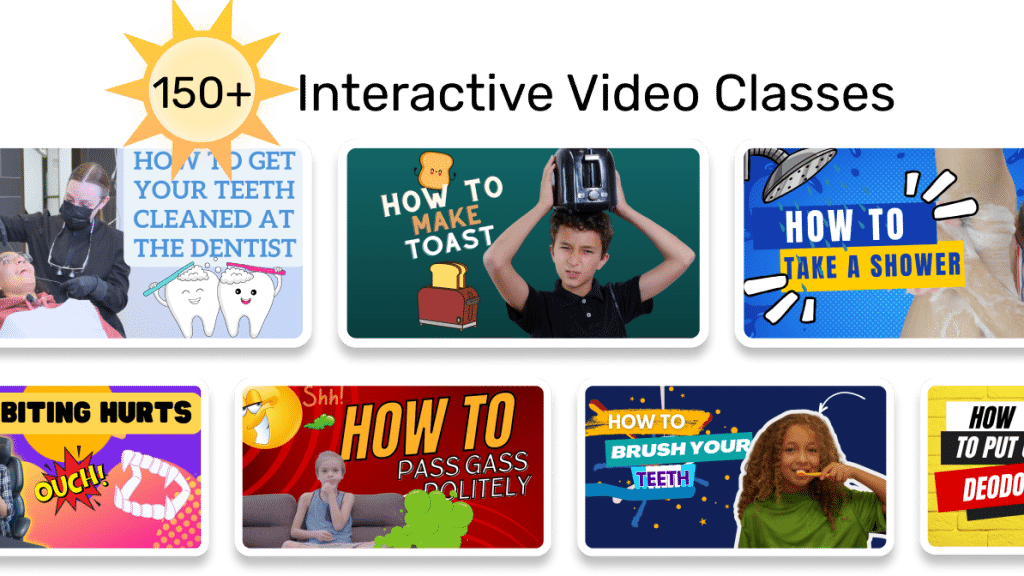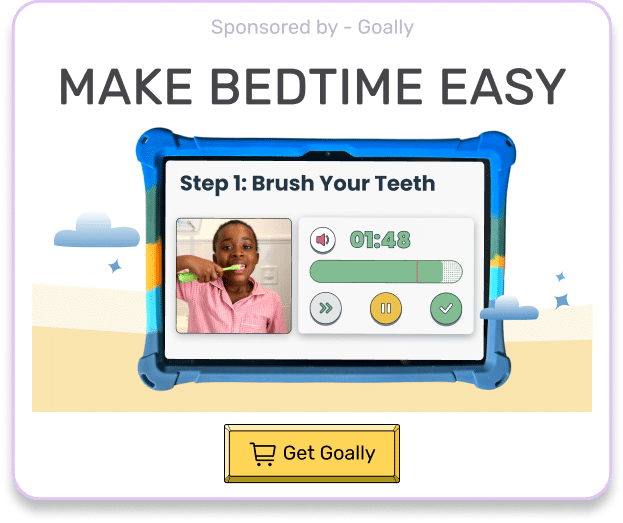Imagine the pure joy you experience when you see that twinkle in your child’s eyes, their earnest thirst for knowledge surpassing their age. You recognize they’re not just bright; they’re gifted. Yet, navigating the educational landscape for such talented minds can be daunting. Inside this blog, let’s unravel how instructional modifications for gifted students can become your guiding light. As a cornerstone of differentiated instruction, these modifications foster engagement, spur motivation, and instill self-efficacy in gifted learners. More than just a tool, they empower our kids to traverse challenging learning paths at their own pace, fostering their talents and kindling their passions. Prepare to uncover insights and practical tips on implementing instructional modifications for gifted students. Together, we’ll ensure that your child’s constant thirst for knowledge is quenched and their boundless potential is nurtured.
Table of Contents
Plunge into Instructions
As I navigate my journey working with gifted kids, I’ve discovered various instructional modifications. They’ve consistently fostered growth, nurtured potential, and ignited passion, creating an environment where gifted kids thrive. Let’s explore these further.
Tiered Assignments
Do you remember when you found a puzzle too complex for your kid, yet unraveling it themselves left them brimming with satisfaction? That’s what tiered assignments aim for—the same task, different challenge levels. For instance, a science project can be made more intricate for gifted students by adding a component demanding more in-depth research.

Read more: Differentiation for Gifted Learners
Curriculum compacting
Nothing stifles a gifted learner’s spirit more than redundant lessons. Say an algebra lesson—your child understands it after the first iteration, but the class continues. Curriculum compacting eliminates the mastered work, aligning pace with the readiness of gifted kids.
Flexible Grouping
Consider this as changing playgroups depending on your kid’s evolving interests. Sometimes, it’s a group building Lego cities; other times, it’s an assembly brainstorming mysteries of the universe. Similarly, flexible grouping keeps shifting, catering to students’ strengths, needs, or interests, ensuring a rich learning experience.
Goally | The Safest Tablet for Kids

Differentiated Instruction
Imagine having a GPS that adapts on the go. A bit of traffic ahead? It recalculates. That’s what differentiated instruction does—thoughtfully tweaks content, process, products, environment, and even assessments to suit your gifted child’s academic voyage.
Journey beyond the conventional
We’ve just skimmed the surface. The ocean of instructional modifications for gifted students runs far more profound. Some more effective strategies that caught my attention were:
- Acceleration: Moving at a pace that challenges their intellect
- Enrichment: Expanding on existing knowledge
- Cluster Grouping: Grouping gifted students for certain subjects
- Problem-Based Learning: Simulating real-world problem-solving
- Tiered Lessons: Differentiated content within the same lesson
- Independent Study: Encouraging self-learning and exploration
- SPECIFIC Curriculum Models: Frameworks designed for gifted learners
- Project-Based Learning: Applying concepts to real-life scenarios
- Pairing Up Gifted Students: Mutual growth through constructive competition
Additional activities like Sudoku, Logic and reasoning puzzles, KenKen puzzles, Brain teasers, or Riddles provide an intellectual challenge and add a fun element to their daily routine.
Goally | Apps To Support Child Development
Looking for fun ways to help your child learn life skills? Try Goally! The Goally tablet comes with award-winning learning apps and video classes to help kids develop the skills they need to become independent with FUN & evidence-based practices.

Our apps teach executive function, language, emotional regulation, finger dexterity skills, and more.
As your child develops new skills, you can increase the difficulty level of the tasks in the app to challenge and motivate them even further. This helps your child grow and progress at their own pace, while also keeping them engaged and excited about their development.

Above all, remember this—every child is different. Just because a particular modification worked for another child doesn’t necessarily mean it will work for yours. My advice? Create a mix, experiment, and monitor progress. Soon, you’ll find the perfect blend of instructional modifications for your gifted student. It may be challenging, but it’s rewarding as every step forward equips your child to reach their fullest potential.
Emily is a seasoned blog writer for Goally, leveraging her extensive background in child psychology and special education to provide valuable insights and resources for parents. Her commitment to understanding and addressing the unique needs of these children, combined with her expertise in educational strategies, makes her a credible and empathetic voice for families.





